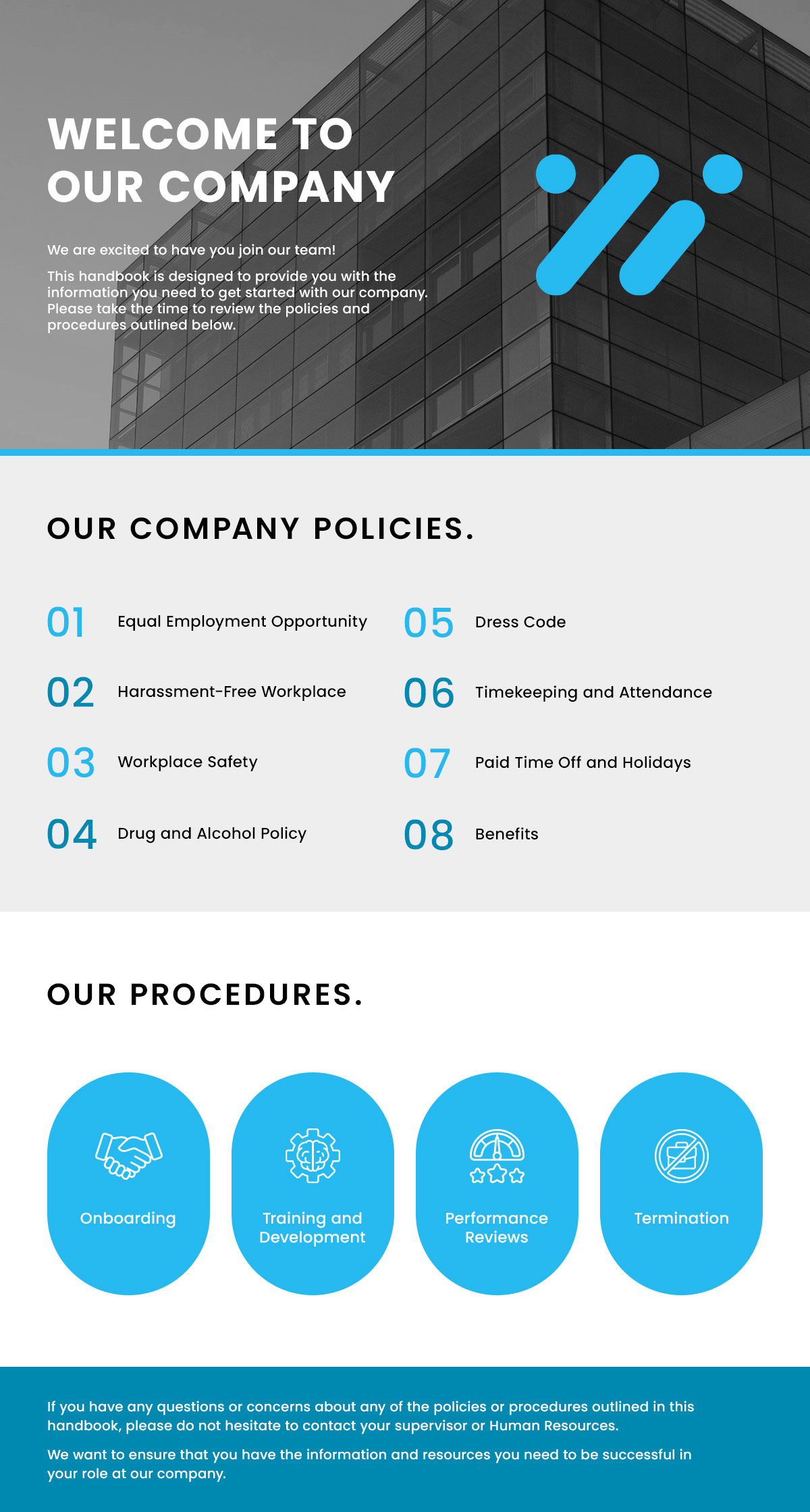Upgrade Your Business Communication: Essential Writing Skills

Business writing is a form of writing that is tailored to convey a message to a professional audience using clear and effective language. The primary goal of business writing is to communicate business ideas and concepts in a way that is easily understood by the reader.
Well-crafted business communications are crucial because they can establish you or your company as a credible and knowledgeable source, which in turn can increase the confidence and respect of your stakeholders. Business writing takes various forms, including emails, reports, proposals, business letters, memos, company handbooks, white papers, policies, and marketing materials like press releases and articles.
Effective Business Writing
Effective business writing is a crucial skill that every professional should strive to master. Clear and concise writing helps individuals communicate their ideas, thoughts, and information effectively. Whether you're writing an email to a colleague, a report for a client, or a proposal for a new project, the ability to express your ideas in a clear and persuasive manner is essential in the business world. It is not just about using correct grammar and spelling; it's also about understanding your audience, presenting information logically, and creating a professional tone that reflects positively on you and your organisation. We will explore some key tips and techniques for improving your business writing skills and help you become a more confident and effective communicator.
Effective business writing involves two key components:
Address the needs and expectations of the intended audience by using the appropriate titles, format, language, and tone
Suppose you are writing a report for a senior executive team at your company. In this case, your intended audience is a group of high-level professionals who are well-versed in business jargon and industry-specific terminology. To address their needs and expectations, you should use a formal tone and appropriate titles, such as "Mr." or "Ms." to address the recipients. Additionally, you should use a format that is easy to read, such as bullet points or tables, and use language that is precise, informative, and free of jargon or unnecessary detail.
For example, if you are writing an email to your colleagues, you might use a more informal tone and language that is familiar and easy to understand. The format can be less formal, such as a standard paragraph format or a bulleted list, depending on the nature of the message.
Similarly, addressing the needs and expectations of your intended audience by using appropriate titles, format, language, and tone is crucial to effectively communicating your message.
Prioritise clarity and concision to achieve the main objective of the message, whether it be to inform, direct, explain or request action
Suppose you are creating a company handbook for new employees. Your main objective is to inform new hires about the company's policies and procedures in a clear and concise manner.
Here is an example of how you can prioritise clarity and concision in your writing:

In this example, the content is organised in a logical and easy-to-follow structure. The policies and procedures are listed in a clear and concise manner, with specific subheadings for each section. The language used is straightforward and avoids unnecessary technical jargon, which helps to ensure that new employees can understand the information easily.
By prioritising clarity and concision in your writing, you can effectively communicate important information to your audience, whether it be informing new employees about company policies or requesting action from a colleague.
Four Types Of Business Writing
We've observed that there are four prominent types of business writing that organisations commonly use, namely:
Instructional Writing
This type of business writing is meant to provide step-by-step instructions or guidance on how to complete a task or process. It is often used in training manuals, standard operating procedures (SOPs), and user guides. The language used in instructional writing should be clear and concise, and the steps should be presented in a logical order to make the process easy to follow. According to a study by the Ministry of Manpower in Singapore, as of 2020, the most in-demand technical skills among employers were in the areas of digital marketing, data analytics, and cybersecurity. This has led to a higher demand for instructional writing that provides step-by-step instructions for using software programs or digital tools related to these fields.
Example: A user manual for a new software program that explains how to use each feature of the program in a step-by-step manner.
Informational Writing

Informational business writing is meant to provide readers with facts, data, and other relevant information. It can be used in business reports, white papers, and research papers. The language used in informational writing should be straightforward and objective, avoiding subjective opinions or emotions. Singapore is a leader in the development and use of technology, with a high adoption rate of digital platforms and tools. In 2020, the Infocomm Media Development Authority (IMDA) reported that 84% of Singaporeans were active internet users, and 81% had smartphones. This has led to an increase in informational writing related to technology, such as white papers on the benefits of using cloud computing or data analytics in business.
Example: A market research report that provides statistical data on market trends, consumer behaviour, and industry analysis.
Persuasive Writing
Persuasive business writing is meant to convince the reader to take a specific action or adopt a certain point of view. It is often used in marketing materials, proposals, and business letters. The language used in persuasive writing should be convincing and appealing, using rhetorical devices and persuasive language to make a compelling argument. According to a survey conducted by the Singapore Business Federation (SBF), over 70% of Singaporean businesses cited sales and marketing as their top priority in 2020. This has led to an increase in persuasive writing, such as sales proposals or marketing materials, that use persuasive language and customer testimonials to convince potential clients or customers to invest in their products or services.
Example: A sales pitch to persuade a potential client to sign up for a new service or product by highlighting its benefits and advantages.
Transactional Writing
Transactional business writing is meant to communicate a specific message or request in a clear and concise manner. It is often used in emails, memos, and letters. The language used in transactional writing should be direct and to the point, without any unnecessary information or fluff. In 2020, a survey conducted by Robert Walters Singapore found that 81% of professionals preferred email as their primary form of communication for work-related matters. This has led to an increase in transactional writing, such as emails requesting information or setting deadlines for project submissions.
Example: An email to a colleague requesting a report or asking for a meeting with a client.
10 Tips to Elevate Your Business Writing Game

Business writing, whether it is instructional, informational, persuasive, or transactional, must possess a set of essential qualities that demonstrate clarity, valid arguments, specificity, consistent flow, and simplicity. Clear and easy-to-understand writing is key to ensuring that your message is effectively delivered to your intended audience.
To ensure that your business writing possesses these qualities, you should back your arguments with evidence, such as research, use cases, or testimonials. This helps to increase the credibility of your writing and convince your audience to take the desired action. Furthermore, it's important to maintain a consistent flow in your writing by using a consistent style and tone throughout your message. This helps to create a cohesive and professional-looking document that engages your audience.
Using language that matches your audience is also essential to ensure that your message is easily understood. Avoid using technical jargon or overly complicated words that might confuse or bore your readers.To help you achieve all these qualities in your business writing, you can utilise writing tools which check the readability, originality, and tone of your content, among other factors.
By following these writing tips, you can produce high-quality communications that effectively convey your message and achieve your desired outcome.
Know Your Audience
Understanding your audience is the first step in writing effective business content. Consider their level of knowledge, interests, and needs, as well as their preferences for style and tone. For example, if you are writing a report for your company's board of directors, you will need to use formal language and a professional tone.
Define Your Purpose
Determine the objective of your message, whether it is to inform, persuade, instruct, or transact. This will help you tailor your writing style and structure to achieve your goal. For instance, if you are writing a sales pitch, you need to persuade your audience to take action by highlighting the benefits of your product or service.
Use Clear And Concise Language
Use simple language that your audience can easily understand. Avoid using jargon or technical terms that your readers might not know. Be concise and avoid using unnecessary words. For example, instead of saying "At this point in time," you can say "now".
Use Active Voice
Using an active voice makes your writing more engaging and easier to read. Active voice also puts the focus on the subject of the sentence, which is usually the person or thing performing the action. For example, instead of saying "The report was written by John," you can say "John wrote the report."
Organise Your Content
Organise your content in a logical and easy-to-follow structure. Use headings and subheadings to break down your content into sections. This makes it easier for your readers to find the information they need. For example, if you are writing a proposal, you can organise it into sections such as executive summary, problem statement, proposed solution, and budget.
Use Examples And Anecdotes
Use real-life examples and anecdotes to make your content more engaging and relatable. For example, if you are writing a report on the benefits of a new product, you can include testimonials from customers who have used the product and seen positive results.
Edit And Proofread
Edit and proofread your content to ensure it is error-free and flows smoothly. Check for spelling and grammar errors, and make sure your sentences are clear and easy to read. Use tools such as Grammarly or Hemingway to help you identify errors and suggest improvements.
Use Visuals

Use visuals such as charts, graphs, and images to make your content more visually appealing and easier to understand. Visuals also help to break up long blocks of text and make your content more engaging. For instance, if you are writing a report on company sales figures, you can include a graph to illustrate the trends.
Keep It Concise
Keep your content concise and to the point. Your readers are busy, and they want to get to the heart of the matter quickly. Avoid using filler words or unnecessary information that distracts from your main message.
Use Data And Statistics
Using data and statistics can help to support your arguments and make your content more persuasive. For example, if you are writing a business proposal, you can include data on the market size and potential revenue to show the viability of your idea.
Enhancing Your Business Writing with AI Tools
AI tools can be incredibly useful in enhancing your business writing skills. Here are some tips on how to use AI tools to help with your business writing:
Use AI-powered writing assistants

AI-powered writing assistants, like Grammarly and ProWritingAid, can help you identify and correct grammatical errors, spelling mistakes, and punctuation errors. They can also suggest improvements to your writing style and tone.
Utilise AI-powered content generators
AI-powered content generators, like Articoolo and Copy.ai, can help you generate ideas for your content. These tools use AI algorithms to analyse existing content and generate new content that is unique, relevant, and engaging.
Use AI-powered language translation tools
If you are writing for an international audience, AI-powered language translation tools, like Google Translate, can help you translate your content into different languages quickly and accurately.
Use AI-powered summarization tools
AI-powered summarization tools, like SummarizeBot and TextTeaser, can help you summarise lengthy documents or articles quickly and efficiently. These tools use AI algorithms to extract the most important information from your content and present it in a concise and readable format.
Utilise AI-powered proofreading tools
AI-powered proofreading tools, like Perfect Tense and LanguageTool, can help you proofread your content for spelling, grammar, and punctuation errors. These tools use AI algorithms to identify and correct mistakes in your writing, making it more professional and polished.
By using these AI tools, you can improve your business writing skills, save time, and produce high-quality content that engages your audience.
Closing Words
Business writing is an essential skill for professionals who want to succeed in today’s competitive marketplace. With the rise of remote work and virtual communication, the ability to write clearly, concisely, and persuasively is more important than ever.
By following the tips outlined in this article, you can elevate your business writing game and become a more effective communicator. Remember to prioritise clarity, validity, specificity, consistent flow, and simplicity in all your writing.
AI tools offer a powerful way to enhance your business writing. However, it’s important to remember that AI tools are not a substitute for human creativity and critical thinking. While they can help with the technical aspects of writing, it’s still up to you to generate original ideas, develop persuasive arguments, and create content that engages and resonates with your audience.
Ultimately, the key to effective business writing is to understand your audience and tailor your writing to their needs and expectations. Whether you’re writing an email to a colleague, a proposal to a client, or a report to your boss, always consider the perspective of the person reading your writing and adjust your style, tone, and format accordingly.
As we move forward into an increasingly digital and data-driven world, the importance of effective business writing is only going to grow. By mastering this skill and incorporating the latest AI tools and technologies, you can stay ahead of the curve and position yourself as a valuable asset in any professional setting.
So, take the time to practise your writing skills, learn from your mistakes, and stay up-to-date with the latest trends and tools in the industry. By doing so, you can ensure that your business writing is clear, effective, and engaging – and that you stand out as a professional who knows how to get things done.

